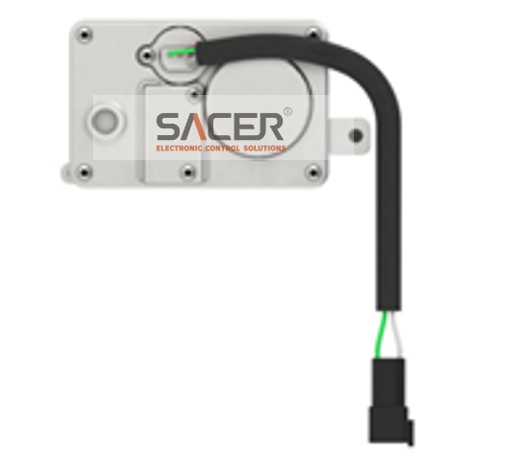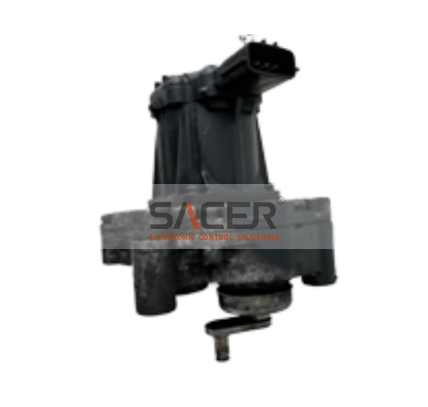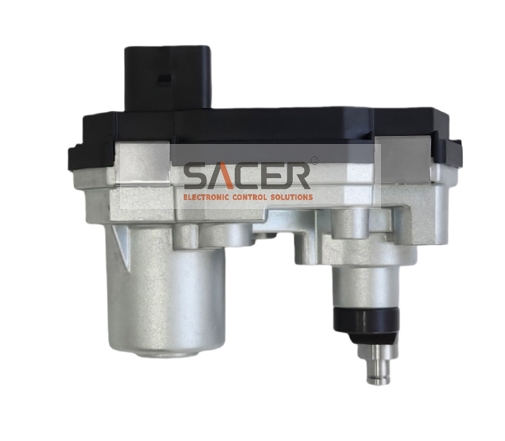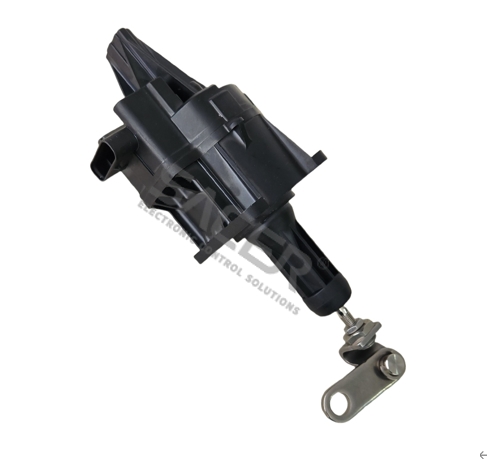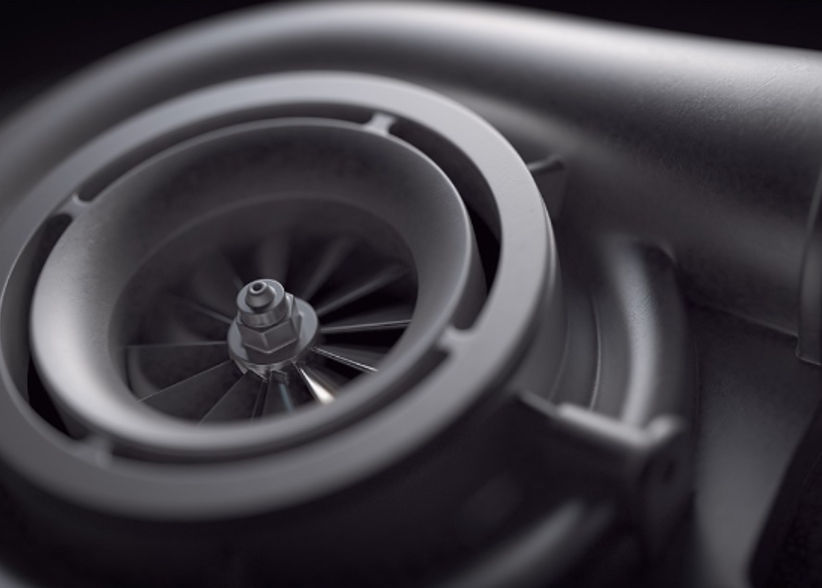
- Variable Geometry Turbocharger (VGT)
- Advantages: By adjusting blade angles, VGT increases low-speed torque, reduces turbo lag, and improves fuel efficiency and power response.
- Applications: Widely used in diesel engines, especially suitable for commercial vehicles needing flexible acceleration response.
- Limitations: Complex structure and higher maintenance costs; primarily suited to traditional vehicle markets.
- Active Control Turbocharging (ACT)
- Advantages: ACT utilizes an intelligent electronic control system to adjust performance in real-time, maintaining optimal efficiency and significantly improving fuel economy, especially at high speeds.
- Applications: Well-suited for future hybrid and electric vehicle needs, enhancing intelligent response capability.
- Limitations: Requires further development for full maturity, with relatively high manufacturing and integration costs.
- Future Trends
- Integration with Electrification and AI: ACT is set to gradually replace VGT, leveraging AI and sensors to optimize performance in real time, aligning with the trends of vehicle electrification and smart technology.
- Environmental and Efficiency Focus: As emission standards tighten, ACT's low-emission and high-efficiency advantages make it a promising market solution.
- Support for New Energy Vehicles: ACT is compatible with hybrid and hydrogen power systems, making it a core technology for low-carbon transportation in the future.
ACT represents the future of turbocharging, aligning with intelligent, eco-friendly, and diverse power needs, while VGT will continue to serve specific markets effectively.


